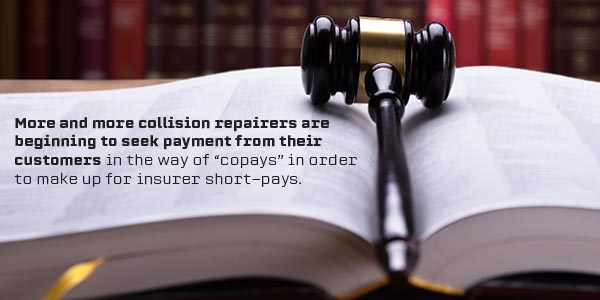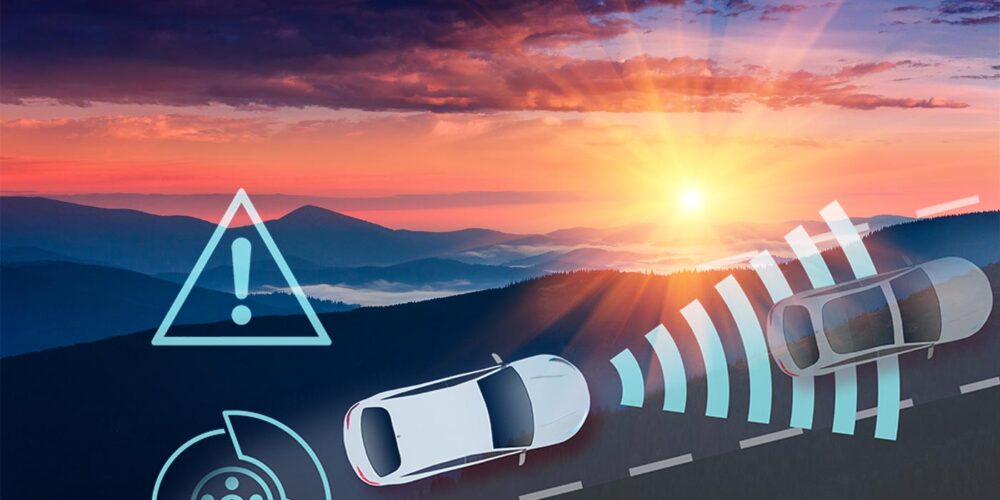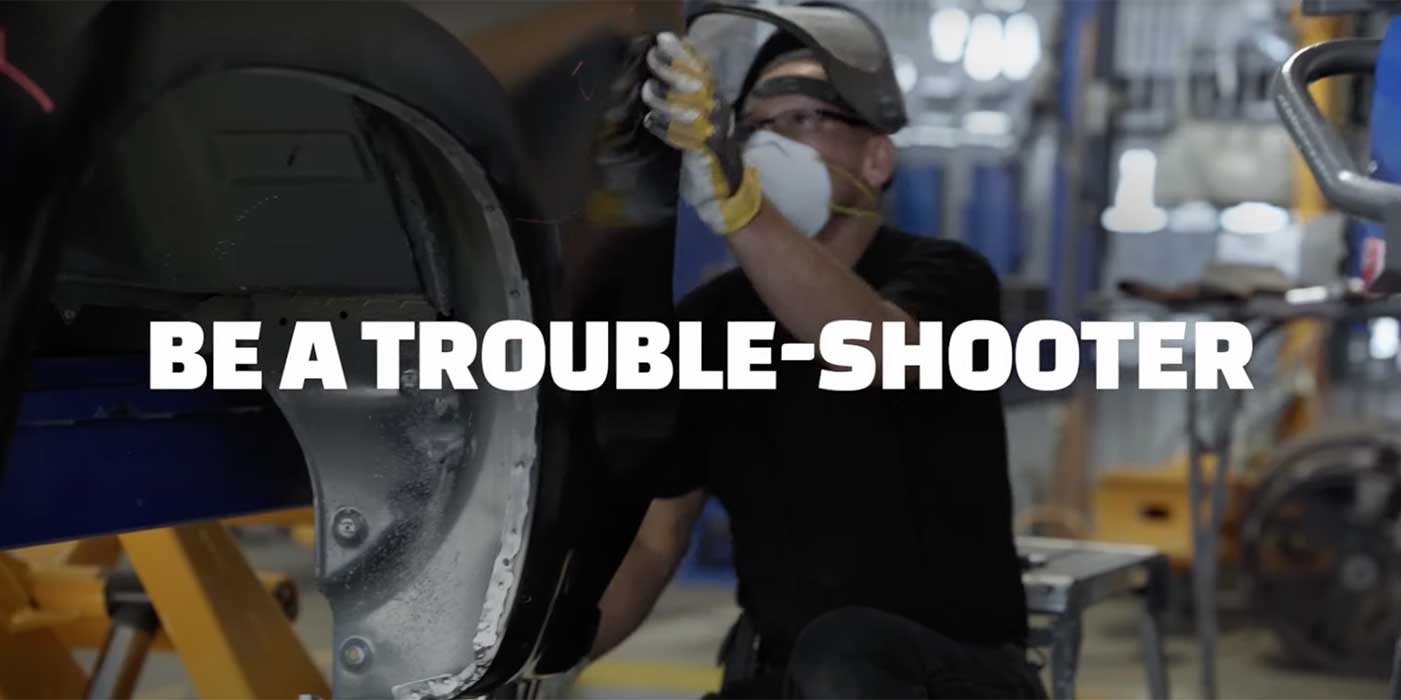No doubt most collision repair facility owners and managers reading this have seen insurers ramp up their efforts to contain claims costs, which surely has created a great deal of consternation, uncertainty and concern about the future.
Challenges Galore
The collision industry is facing:
- Increasing electric vehicle (EV) technologies
- Increasing advanced driver-assistance system (ADAS) technologies
- Evolving methods of vehicle construction
- Increasing diagnostic repairs
- OEM-mandated and recommended repair procedures
- Investment in costly required equipment
- Increased costs of goods and services.
Insurers have seen this coming for some time and, in response, have changed their operations to reduce their costs while increasing their pushback against those repairers who seek to be satisfactorily compensated for their efforts.
The required equipment and procedures have added substantially to quality repairers’ investments, not including the costs associated with OE training and certifications … and the potential liabilities, which have increased fourfold if not more in recent years. And there’s no sign of this letting up in the foreseeable future.
In my role as an industry consultant to some of the nation’s most forward-thinking collision repairers, and in speaking with others involving post-repair inspections, I’ve found that every shop is confronted with significantly increasing demands while the added investments of time and financial resources are often being underpaid or even denied by insurers.
Damned If You Do …
So, the conundrum faced by many repairers today is simple:
“If I take the steps to do the repair the way it should be done, it’s going to cost more than the insurer is willing to provide. This means I either perform the repair properly and thoroughly absorb or eat the difference in cost and forfeit a reasonable profit on the job … if any … or I bypass and omit the unpaid procedures and place my customer (and me and my business) in potential harm’s way and hold my breath and hope for the best.”
In my humble opinion, neither of these scenarios are the least bit acceptable. So what’s the alternative?
Taking a Stand
It’s becoming increasingly common for repairers of all different kinds to take a stand. Today, multi-shop owners (MSOs), consolidators, dealers and independent shops are requesting, begging, pleading and demanding that insurers pay more in labor, materials and markup on sublet services … much of which is falling on deaf ears. Some insurance appraisers who understand repairers’ dilemmas are cost shifting to do what they can to accommodate shops while appearing to meet insurer mandates. However, with the decrease in physical inspections due to the increase in photo estimates and desk reviews, the once personal relationships are diminishing rapidly — along with any advantage repairers may have once enjoyed helping to offset the underpayments and deficiencies. This has been an economic windfall for insurers since it has reduced their operating expenses (salaries, vehicle costs, office space, employee benefits, etc.).

Due to these changes (and the realization that “business as usual” is no longer financially feasible), more and more collision repair operators are beginning to seek payment from their customers in the way of “copays” in order to make up for insurer short-pays (following the age-old process of the medical profession). Even though they don’t want to do this, many are finding it necessary to remain viable and provide a quality and safe repair.
Post-Repair Inspections
Over the last several decades of conducting post-repair inspections, we’ve found poorly performed repairs, often due to lack of attention to detail, lack of skill and/or not employing the proper equipment. However, in the past number of years, the poor repairs we’ve found were simply due to omitted and/or incorrect processes and procedures. This is due to repairers’ failure to research procedures and trying to “beat the clock,” or employers demanding more for less from their technicians to make do with what they can without confronting the insurer or involving the customer.
Those repairers who refuse to allow their quality and company’s reputation to be negatively affected are finding it necessary to pass billing on to their customers as “copays” for the funds the involved insurer withholds. This includes such charges as pre- and post-repair scans, recalibrations, pre-measuring, road tests, OEM repair procedure research, related internet site fees and the many other unpaid procedures and materials — including those that pre-date OEM mandates and ADAS technologies.

Repairers have all too often undergone what is referred to as “gaslighting,” or the psychological manipulation of someone to the point where that person questions his or her own sanity. And all too often, insurers are successful, due to many repairers simply not knowing how or having the intestinal fortitude to combat it.
An example of gaslighting would be the common misstatements by claimspeople such as, “You’re the only one who asks for that,” or, “We only owe for ‘prevailing competitive pricing/practices’,” “That’s a cost of doing business,” and numerous others. These are false assertions intended to convince the repairer that they’re “the only ones” who would have the audacity to bill for something that isn’t necessary or that no one else does. As I tell my clients, “There’s nothing wrong with being ‘the only one’ if it’s for good reason!”
Repairers are not the only ones being deceived. Vehicle owners are convinced by insurer claim reps into believing their chosen repairer is charging for things no other repairers charge for!
Our repairer clients are provided the information they need to thwart such efforts by unethical insurers and protect the safety and economic well-being of their customers while protecting their reputation and avoiding liability.
Summary
So where does it go from here? I can say without a doubt the pressure will continue and repairers will be faced with or forced to make significant changes in the way they conduct business in the coming months and years.
As I’ve said before, this is no longer your father’s body shop industry, and the profitability that once existed is no longer. Collision repair facility owners must learn new methods and adapt to keep up with technology, higher prices and ever-tightening budgets. We must involve the consumer in the repair and understand that “one cannot serve two masters” — and that it’s a new day for the collision repair industry.
A new year is upon us, which will bring yet greater challenges to repair professionals. Collision shop owners and managers can no longer conduct business like they did in the past and will once again be faced with either accepting the way things have been or evolving to the way things should be.
It is said that there are those who make things happen, those who watch things happen … and those who wonder what the heck happened! Each of us must ask ourselves which one we choose to be in the coming year: asleep at the wheel or connected and a part of the new awakening.
I wish the best to you and yours in the new year!














